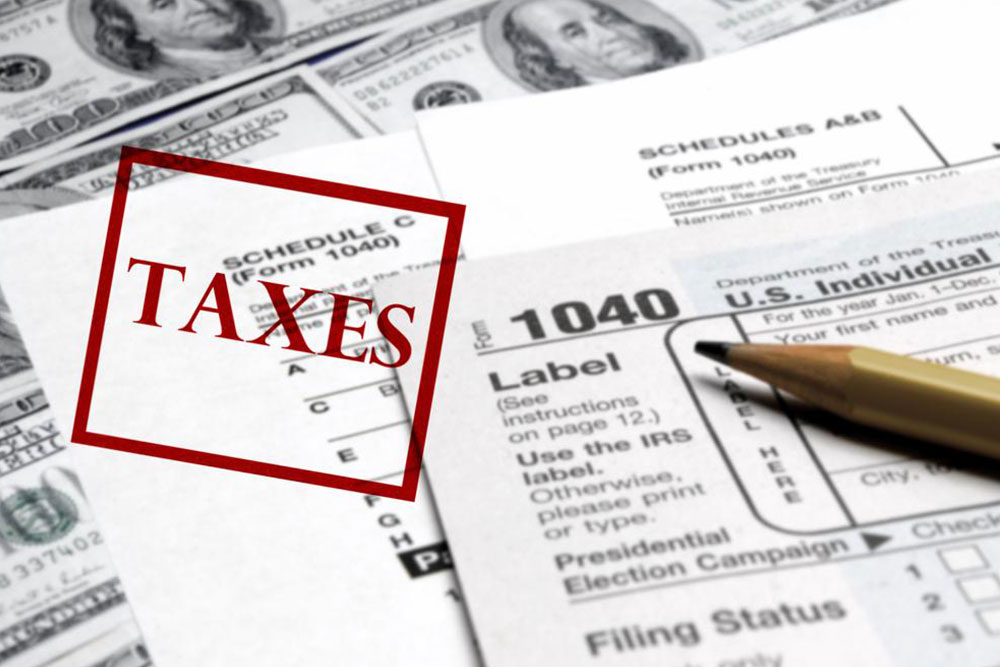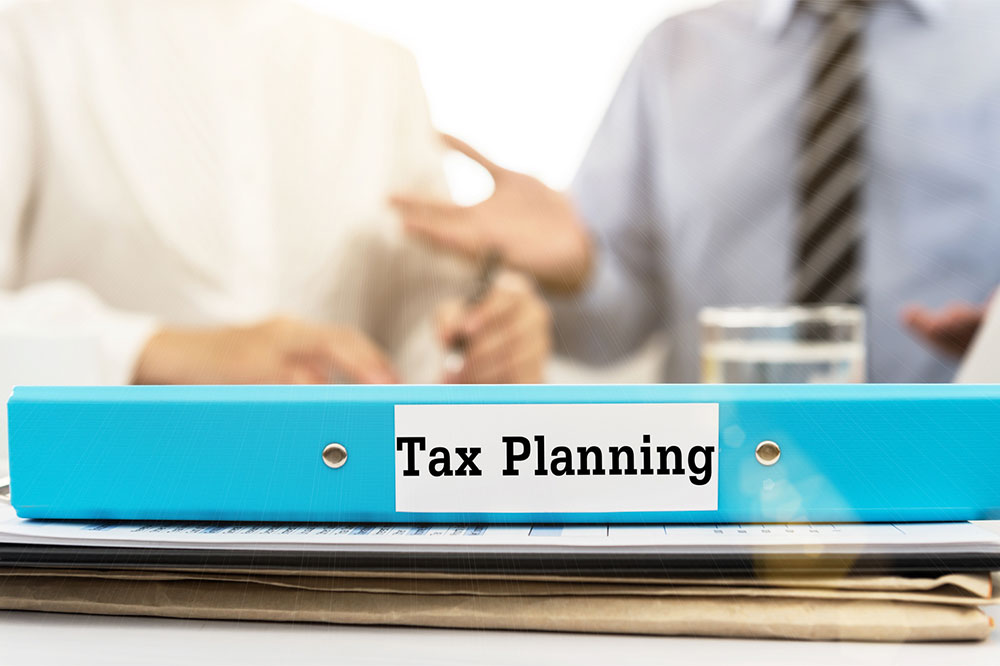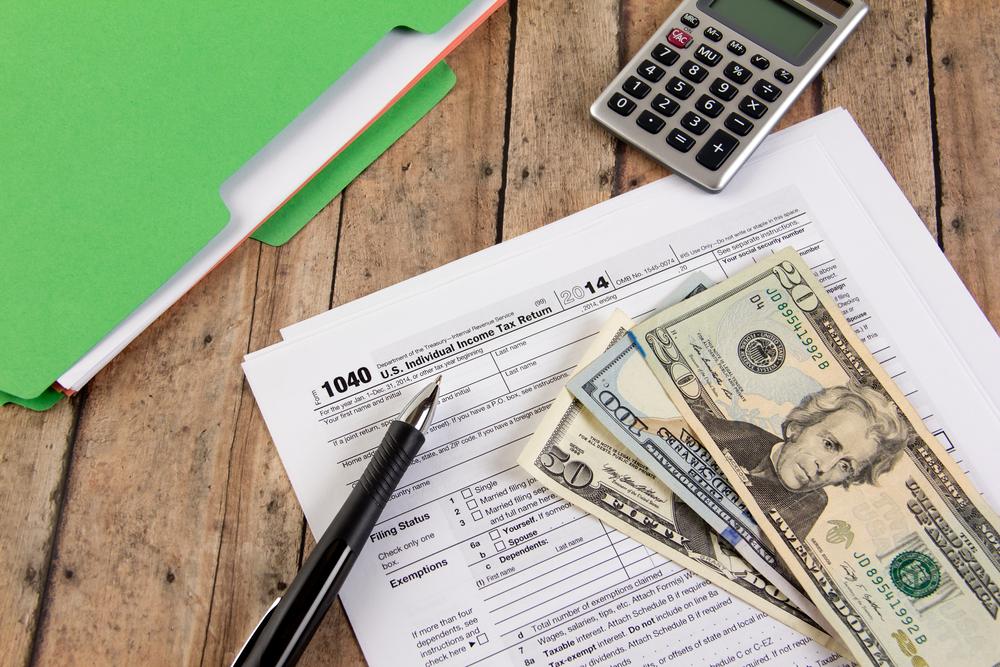The Ultimate Guide to Understanding and Maximizing Your Tax Refunds
This comprehensive guide provides detailed insights into tax refunds, covering eligibility, tracking methods, and strategies to maximize your refund. Learn how to file efficiently, monitor your refund status, and use it to improve your financial health. Perfect for taxpayers aiming to optimize their returns and financial planning.

The Ultimate Guide to Understanding and Maximizing Your Tax Refunds
If you've ever overpaid your taxes, you might be eligible for a tax refund, a crucial financial benefit that can significantly impact your yearly budget. A tax refund is essentially the government returning the excess amount of taxes you paid during the year, often after you file your income tax return. Understanding how the refund process works, how to track your refund, and how to maximize its use can help you manage your finances more effectively. This comprehensive guide will walk you through every aspect of tax refunds, from eligibility to strategic financial planning post-refund.
Who Qualifies for a Tax Refund?
To be eligible for a tax refund, you must have paid more in taxes throughout the year than you owe based on your actual income and deductions. Typically, the filing of an income tax return is necessary to claim this refund. The process begins with accurately reporting your income, expenses, deductions, and credits. If after calculations it turns out you overpaid, the IRS or taxing authority will issue a refund for the excess amount.
It's vital to keep comprehensive records of all relevant financial documents, including W-2s, 1099s, receipts, and proof of deductible expenses, to ensure that your refund is accurately calculated. Individuals with multiple income streams, deductions for college expenses, or home mortgage interest often find themselves eligible for significant refunds. Moreover, certain credits, such as the Earned Income Tax Credit (EITC) or Child Tax Credit, can increase your refund amount.
Remember, even if you owe no taxes or owe less than the amount paid, filing your tax return ensures you receive any refund due. Failing to file can mean missing out on money owed to you by the government.
How to Track Your Tax Refund Effectively
Tracking your refund is essential for effective financial planning and peace of mind. The IRS and many state tax agencies provide various tools and methods to monitor your refund status. First and foremost, maintain organized records of your tax documents, receipts, and related forms throughout the year. These documents can include property tax receipts, student loan interest statements, charitable donation proofs, and other relevant paperwork.
Using the IRS's “Where's My Refund” tool or equivalent online platforms is highly recommended. These tools provide real-time updates on your refund status once your return has been processed. Typically, refunds are processed within 21 days if you file electronically with direct deposit, making early filing advantageous.
For those who prefer traditional methods, paper check refunds can take longer due to processing times. It is also advisable to track your refund via mobile apps or email alerts, to stay informed about any updates or issues requiring your attention.
If any discrepancies arise or your refund has not been received within the expected time frame, contacting the tax authority directly can resolve potential issues. Ensuring your banking information is accurate for direct deposit significantly speeds up the refund process.
Strategies to Ensure You Receive Your Refund Promptly
Preparation is key to faster refunds. Filing your taxes early, ideally as soon as the IRS starts accepting returns, can expedite your refund. Use tax filing software or consult with a tax professional to maximize deductions and credits, which can increase your refund amount or reduce your tax liability.
Choosing direct deposit as your refund payment method is highly recommended over receiving a check in the mail. Direct deposit is faster, more secure, and reduces the risk of theft or delays. Make sure your banking details are correct and match the information on your return.
Stay updated on any tax law changes that may affect your refund eligibility or amount. Adjust your withholding if you find you're consistently receiving large refunds or owing taxes. Proper planning and strategic tax withholding can optimize your entire financial outlook.
What Happens if You Don't Receive Your Refund?
In most cases, refunds are processed efficiently within 21 days, but delays can occur. Common reasons include incorrect banking information, unresolved debts such as unpaid student loans, or discrepancies in your tax return. Outstanding debts owed to government agencies or other entities may be offset against your refund, reducing or delaying its disbursement.
If your refund is delayed beyond the typical processing time, check the status online or contact the tax authority for clarification. If you believe there is an error or if you didn’t receive your refund within the expected timeframe, filing an amended return can sometimes resolve issues, especially if additional credits or corrections are involved.
Overall, staying organized, using electronic filing, and choosing direct deposit can significantly improve your chances of receiving your refund promptly.
Maximizing Your Tax Refund: Tips and Advice
Everyone wants to maximize their tax refund legally and effectively. Here are some proven strategies:
Claim All Eligible Tax Credits: Ensure you're claiming credits such as the Child Tax Credit, Earned Income Tax Credit, and education credits. These can substantially increase your refund.
Maintain Good Record-Keeping: Keep receipts, expense reports, and documentation that support deductions and credits. This helps prevent errors and under-claiming.
Contribute to Retirement Accounts: Contributions to IRAs or employer-sponsored retirement plans can lower your taxable income, increasing your refund potential.
Adjust Withholding Status: If you tend to overpay taxes, consider adjusting your withholding allowances for the upcoming year to reduce overpayment and increase your take-home pay.
File Electronically and Choose Direct Deposit: These methods ensure the fastest processing and reduce errors, allowing you to receive your refund quicker.
Consulting with a tax professional can also help you identify specific deductions and credits you might otherwise overlook, maximizing your refund eligibility.
Conclusion: Making the Most of Your Tax Refund
Understanding the ins and outs of tax refunds is essential for responsible financial management. By knowing your eligibility, tracking your refund correctly, and employing strategies to speed and maximize your return, you can significantly improve your financial stability. Remember, a tax refund is more than just money back; it is an opportunity to boost savings, pay down debt, or fund future investments. Stay organized, plan ahead, and use the available tools to ensure you receive your refund promptly and efficiently.





